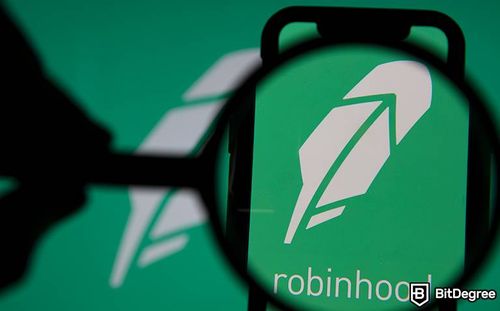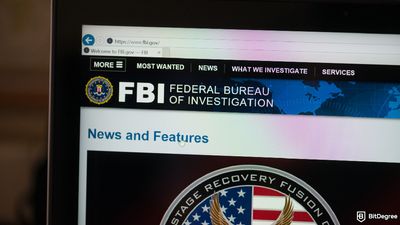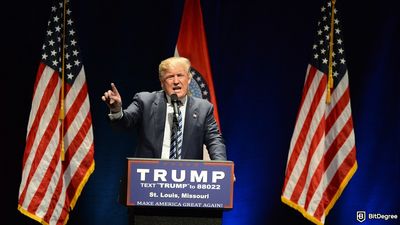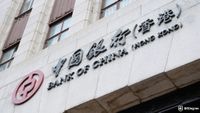Coinbase Conor Grogan revealed that approximately ten people fell into impostors' trap.
The Twitter account of Robinhood, a trading platform established in 2013 by Vladimir Tenev and Baiju Bhatt, was reportedly hacked.
According to the tweet shared by a Twitter user, tier10k, on a hacked account, malicious actors shared a tweet urging Robinhood followers to purchase Robinhood’s “new” token.

Did you know?
Want to get smarter & wealthier with crypto?
Subscribe - We publish new crypto explainer videos every week!
What is BNB? The Truth Behind Binance Smart Chain (Animated)


In a now-deleted tweet, impostors claimed that the new token, $RBH, will be launched on the BNB Smart Chain with a starting price of $0.0005.
After the news about the possible hack broke, executives of major crypto exchanges took to Twitter to comment on the matter.
Coinbase head of product business operations, Conor Grogan, claimed that around ten people were lured into the trap before the link to purchase scam token was taken down. Furthermore, Grogan assumed that the total value of all purchases was less than $1,000.
On top of that, crypto exchange's Binance founder and CEO, Changpeng “CZ'' Zhao, also used Twitter to share his thoughts and insights about the hack. Replying to one of the tweets, which noted that the scam was funded via Binance, Zhao stated:
Our security team also noticed that and have locked the account pending further investigations.
Before that, CZ shared the news with his 8.3 million followers, reminding them to “always have critical thinking even <if> the account looks or is real.”
Robinhood did not publicly comment on this incident. However, based on various sources, Robinhood’s spokesperson stated that the hack was reportedly executed by a “third party vendor,” which shared similar messages on Twitter, Instagram, and Facebook.
It is worth noting that this is not the first time the crypto community has noticed suspicious crypto-related offers from impostors. Just the other day, malicious actors created a fake Ripple website inviting customers to stake their XRP with an unrealistic return on investment (ROI). Moreover, the same scheme was used via fake Binance emails, which also urged customers to stake their XRP.






















